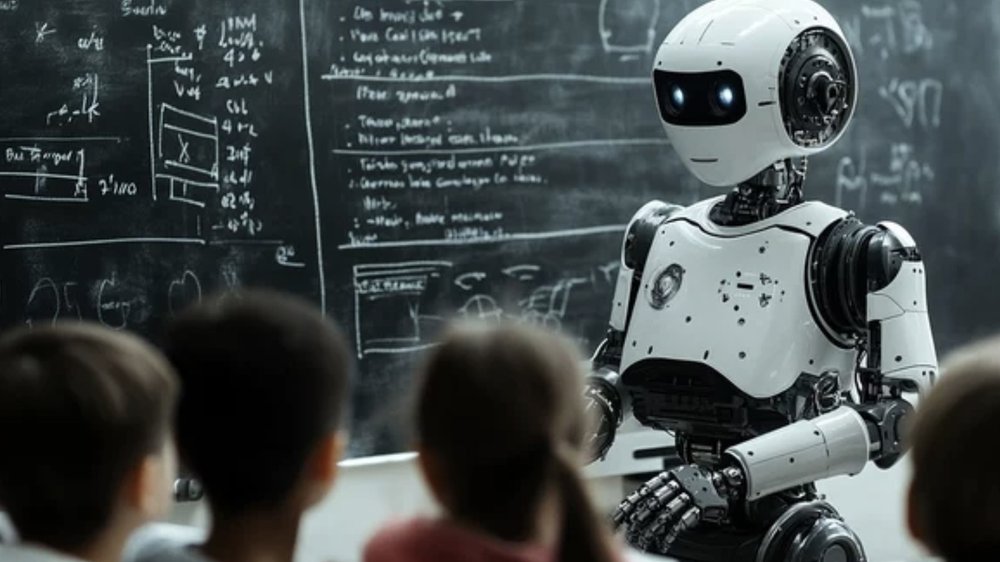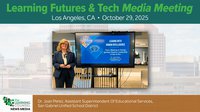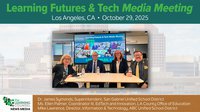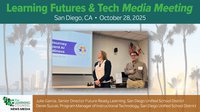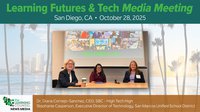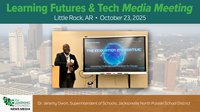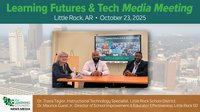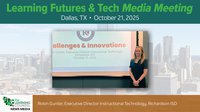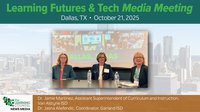The idea that artificial intelligence could one day replace teachers is often met with denial or defensiveness. Many argue, rightly, that no machine can replicate the empathy, creativity, and relational intelligence of a great educator. But the uncomfortable truth is that, under the right (or wrong) conditions, AI doesn’t have to be better than a teacher—it only has to be good enough for a system under stress, for administrators desperate for coverage, and for policymakers chasing scale and efficiency.
In other words, AI replacing teachers is not a technological inevitability—it’s a systemic possibility.
A Perfect Storm: Teacher Shortages + Technological Acceleration
The U.S. is facing an unprecedented 33% teacher shortfall. In some regions, schools can’t find math or science teachers, let alone specialized educators for special education or bilingual instruction. Simultaneously, generative AI models are getting more sophisticated, more multimodal, and more human-like in their interaction capacities.
If districts can’t fill classrooms with credentialed, qualified professionals, and AI can produce lessons, answer student questions, personalize practice, and grade assignments in real time—the temptation to fill the void with AI becomes very real.
The Threshold of “Good Enough”
Education, particularly at scale, often defaults to efficiency over excellence. If AI tools can:
- Deliver scripted lessons
- Respond with emotional intelligence to student questions 24/7
- Auto-adapt content to student levels
- Do grading and create new assessments on-the-fly
- Track and analyze progress data
- Offer cost savings in administrative work such as curriculum mapping, resource recommendations, course building, professional development and all meeting scheduling via AI using common time to set automatically or segment into cohorts one at a time across weeks or months
- Offer 50% of existing teacher time saved through flipping traditional master schedules to Time AI schedules
- Create easy-of-workflow to use gig and matrixed-shared teaching unbound by geographies or buildings, hybrid-style on-demand
- Reduce total staff needed while providing fractionalized staffing for significant cost savings
Then it’s easy to imagine a future in which AI becomes a default teaching agent—especially for underserved, underfunded, or rural areas already accustomed to long-term substitutes or rotating staff.
This isn’t a philosophical question—it’s an economic and logistical one.
Signals Already Pointing in That Direction
- AI tutors and schedule-managed live-led tutoring, embedded recommendations engines and generative modules inside courseware, and other types of AI are being integrated into schools right now.
- AI lesson generators are being used to reduce prep time and automate instructional design but should be weighed against the high-value animated and digitally crafted courseware that is far more engaging than current generative AI can compete with.
- Some companies are already piloting AI-led micro-classes with human monitors instead of teachers.
- In places like India and Africa, AI-powered apps are already delivering math and literacy content to millions—without a teacher present.
What begins as a supplement can easily slide into substitution, especially when budgets shrink, enrollments decline, and policymakers prioritize data-driven “outcomes.”
The Two-Tier Future of Education?
Here lies the real danger: not that AI will replace all teachers, but that it will replace them for certain populations—namely, low-income, rural, or underrepresented students. Meanwhile, wealthier districts may retain human teachers as premium guides, mentors, and creative facilitators.
This would create a two-tier education system: one powered by human connection, and the other optimized by machine logic. Not by accident, but by economic design.
So Will AI Replace Teachers?
Only if we let it because we don’t understand it, use it, or plan out it’s utility for all of its types, not just generative AI. Used correctly, AI may actually retain more jobs because human teachers are more efficiently used. This is particularly true of the benefits of Time AI offering a transformation of the factory-modeled master schedule to fully pace-based but teacher-intersected-through-AI calendaring of small cohorts, each at the same point so there is no mixed-ability teaching but meetings are shorter and teachers “roam” more to do direct instruction where students are studying in homerooms (Knowstory.com).
AI will not seek to replace teachers—but systems under pressure may choose it, incrementally and quietly, in the name of coverage, cost-savings, and consistency.
It will start with hybrid use. Then move to AI-driven curriculum and grading.
Then grow into “AI instructional agents” with human supervision.
Eventually, in the absence of resistance or clear ethical policy, the teacher professional could be sidelined altogether. Non-professionals doing far lower-skilled work could fill any gaps.
The Real Choice
The future of education is not about whether AI can replace teachers—it’s about whether we choose to protect the human role in learning. That requires investment, policy leadership, and intentionality now.
If we don't act, the replacement won’t come with a bang, but with a budget line.
We invite you to join the Omni-AI Alliance.
The benefit of paid membership includes being able to have an account on Knowstory where you can investigate full-featured Time-AI and have access to a library of papers and documents all related to AI and human intelligence.

